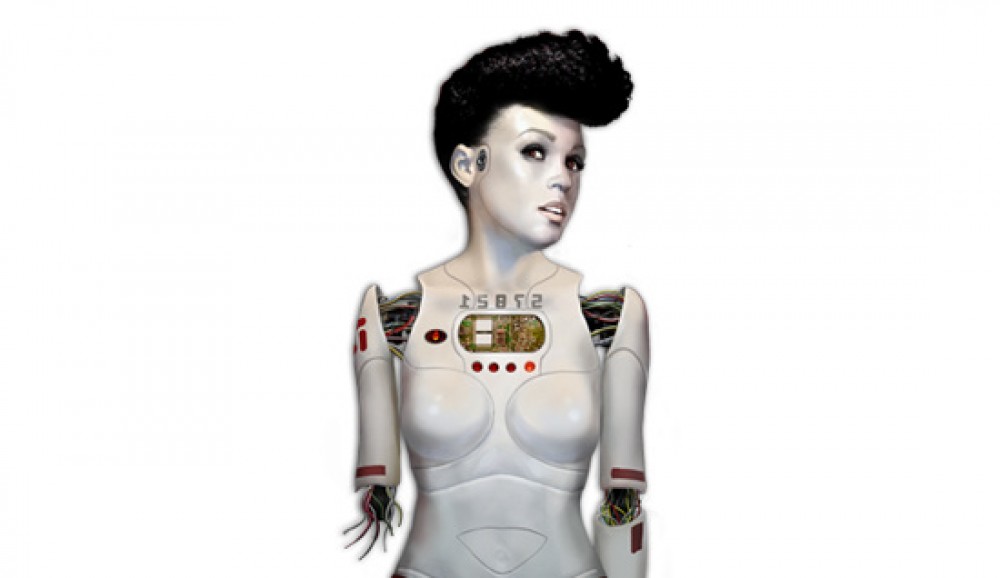“’It is as though—‘ Gorgik held up the verdisgrised disk with its barbarous chasings—‘all these things would come together in a logical patter, immensely complex and greatly beautiful, tying together slave and empress, commoner and lord—even gods and demons—to show how all are related in a negotiable pattern, like some sailor’s knot, not yet pulled taut, but laid out on the dock in loose loops, so that simply to see it in such form were to comprehend it even when yanked tight. And yet…’ He turn the astrolabe over;…there will not clear in my mind to any such pattern!’” (242).
This passage from the end of Tales of Neveryon encapsulates, for me, the intersecting stories that both single out and complicate Delaney’s interest with capital and money, gender and sexuality, race, and systems of domination. Like any intersectional project, Tales of Neveryon presents a number of characters and storylines that work through complex social systems, illuminating the ‘knot’ that does not always clearly represent a ‘pattern’.
Though there is much to be said about the themes Delaney’s text tackles, and there are so many interesting passages and frameworks Delaney plays with, I was really fascinated by the way children and childhood are represented and used to construct Delaney’s plot. We meet both Gorgik and Norema as children and watch them grow up and travel throughout the land. We leave them and return to them, and watch as they learn lessons from those they meet. I was also fascinated with the focus on educating youth in “The Tale of Old Venn” as well as the young child that joins Norema and Raven in “The Tales of Potters and Dragons,” and of course, the child empress.
Is childhood a utopian space of potential alterity and futurity? One also linked to parents sometimes present, sometimes absent? How does focusing on children illuminate the generational changes Delaney stresses? Are Delaney’s temporal comparisons materialized through the child who needs to learn or comes to learn about the differences of his or her world? How does focusing on children iterate the socially constructed nature of gender and sex, race, and even money? Or am I reading too far into these inquiries—is this ‘childhood’ plotline merely another Bildungsroman?

There is certainly an emphasis by Delany on how gender norms are socially constructed. For instance, in commenting on the Rulvyn, who value daughters much more than sons, it becomes clear that sons in this society are treated in the way that girls have been treated in our society. “They pamper them, show them off, dress them up in ridiculous and unwearable little hunting costumes and scold them unmercifully should any of it get broken or soiled….”(99). Venn leaves his son when he is a year and a half and returns after sixteen years. He confesses that he would not have a left a daughter.
I don’t think you are reading too far into these inquiries. The heterotopian vision Delany creates reminded me of themes in Plato’s Republic when he talks about girls and boys who will become the Guardian/warriors in a utopian society. The women are free to retain their roles as guardians following childbirth because children are raised by the community. In this regard, maternal and paternal-child relations become less significant.
I agree that childhood is an extremely important part of the Tales, and a topic that, in my estimation, has not been adequately explored in the scholarship on Neveryon. There is also a potential revision to the bildungsroman here in so far as Delany gives us a whole host of characters who we watch grow and learn (pedagogy and literacy are also central to the book), effectively complicating and de-centering “Gorgik’s Tale” from the center of the plot. Finally, you might consider how Delany puts the reader in the position of the child through his focus on storytelling in the tales (and here is another place where you might want to think more about the connections between childhood and utopia, and its connections to narrative, imagination, etc…)
One final question to consider: are there ways that the book challenges traditional concepts of child, especially developmentalist models of childhood? You may be interested in reading this collection alongside Neveryon, _Curiouser: The Queerness of Children_. For a decidedly anti-utopian take on child, see Lee Edelman’s _No Future: Queer Theory and the Death Drive_.